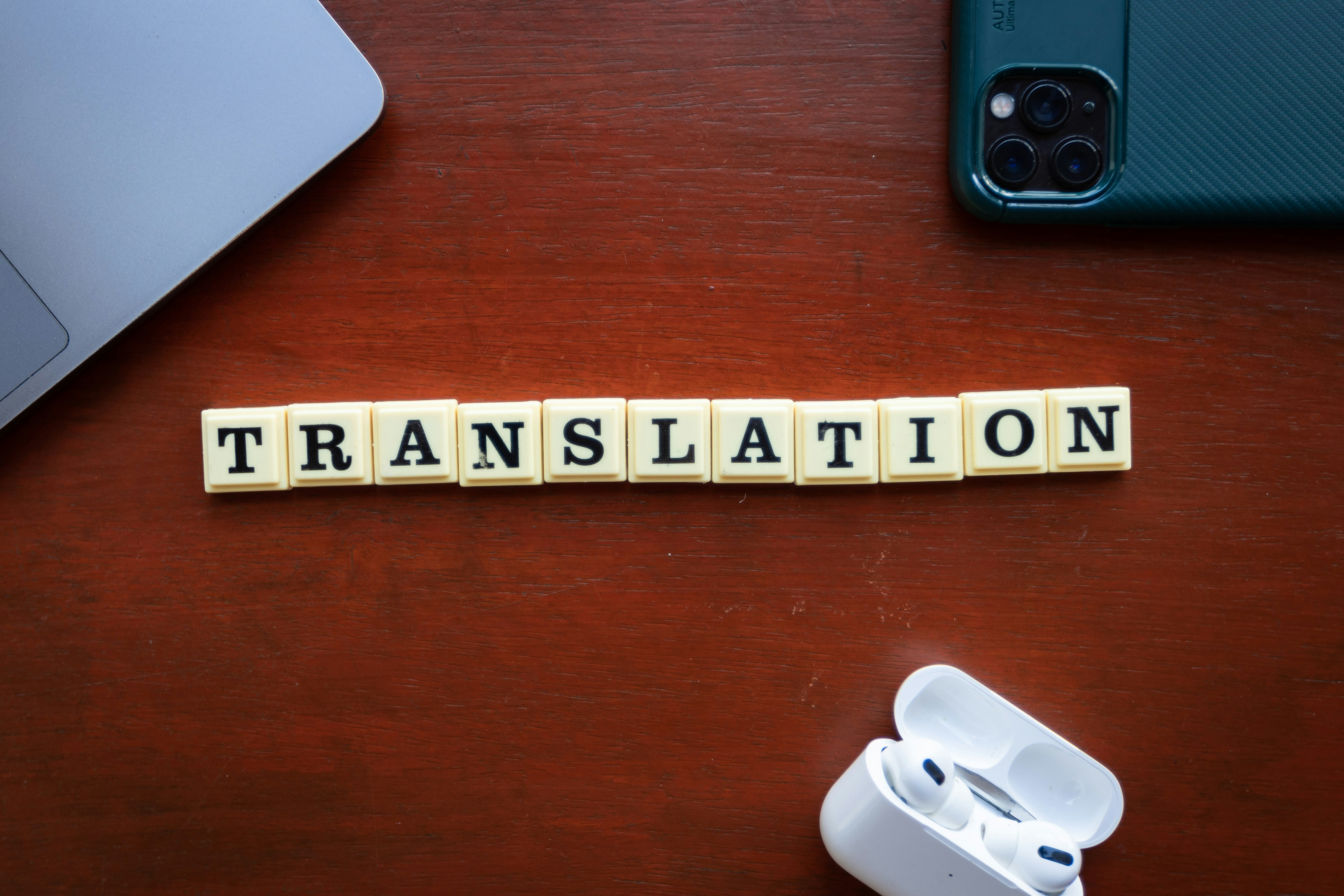Multilingual Content Workflow (EN/JP/KO/ZH)
Author
Chan
Date Published

Event communication in Japan increasingly spans multiple languages, and the pressure to localize presentations, scripts, and subtitles under tight deadlines continues to grow. Without structured workflows, translation tasks scatter between teams and formats, leading to last-minute rework.
Having coordinated trilingual content across conferences in Tokyo and Seoul, I’ve seen that localization success depends more on workflow design than translation speed. This guide defines how to prevent content errors by standardizing glossaries, approval loops, and translation tools across English, Japanese, Korean, and Chinese deliverables.
Glossary and Style Guide Creation
A multilingual glossary is the foundation of every localization system. It locks terminology early, reduces ambiguity, and ensures all languages share consistent event vocabulary. Without it, translators invent alternate terms that multiply inconsistencies across slides, signage, and delegate materials. In Japan, where bilingual precision carries strong professional value, a missing glossary can create last-minute corrections that slow final approvals.
Key points:
- Build a shared glossary before translation starts
- Include proper nouns, acronyms, and event terms
- Assign one lead reviewer per language
- Update after each approval round
Checklist:
For example, I include the clause in the vendor agreement’s translation section:
The Vendor shall follow the Organizer-approved glossary and style guide. Any change in terminology requires written authorization from the Organizer.
Finalize the glossary before translation kickoff to prevent inconsistencies and late-stage layout issues.

Slide and Script Localization
Slide and script localization links content creation with design execution. When edits flow between language teams without coordination, versions diverge and visual errors appear on stage. Japan’s presentation culture demands visual uniformity, so even minor misalignment between English and Japanese decks can undermine credibility. Centralizing layout and translation schedules keeps formatting, terminology, and animation aligned across every version.
Key points:
- Use editable text boxes, not embedded text
- Translate only after English version approval
- Keep localized slides in one central folder
- Verify animation and pagination alignment
Checklist:
For example, I include the clause in the production section:
All localized decks shall follow Organizer templates. Translated layouts must be validated for text fit, chart accuracy, and display before public presentation.
Run bilingual proofing at least two weeks before rehearsal to confirm visual and textual accuracy across all decks.
Subtitles and Live Captions Workflow
Subtitles and captions connect live sessions and recorded assets to global audiences. Each language has different reading speed and visual rhythm, so captions must be tested for readability. Japanese venues rely on precise encoding and timing control, and early synchronization prevents costly edits during final rehearsals. Coordinating transcription, translation, and testing in one schedule keeps multilingual playback reliable and consistent.
Key points:
- Prepare English scripts early for timing
- Translate into .srt or .vtt formats
- Keep captions within readability limits
- Align font style and encoding across outputs
Checklist:
- Deliver transcription files two weeks ahead
- Test timing and readability in rehearsals
- Use unified event terminology
- Retain backup caption files locally
For example, I include the clause in the media vendor contract:
The Vendor shall submit all subtitle and caption files in Organizer-approved format and confirm sync accuracy within a two-second variance of live playback.
Test multilingual captions during the technical run to secure accurate timing before final delivery.

TMS, Tools, and File Handoffs
A translation management system (TMS) keeps all teams synchronized and reduces version drift. Many Japan-based projects still rely on direct email transfers, which often lead to outdated files being used for final printing. Centralizing translation in one shared environment maintains traceability and quality assurance throughout the workflow.
Key points:
- Use one approved TMS for all vendors
- Apply standard file naming rules
- Restrict edits after upload
- Track progress through shared dashboards
Checklist:
For example, I include the clause in the workflow section:
All localization vendors shall operate within the designated TMS and follow Organizer naming protocols. Manual transfers are not permitted without written consent.
Audit the TMS weekly to verify version integrity and ensure every vendor works on the latest approved file set.

Approval Loops and Version Control
Approval structure defines accountability across multilingual workflows. Without clear roles, editors overwrite each other’s revisions and deadlines slip. Japan’s corporate communication culture relies on layered approvals, and structuring that hierarchy early prevents confusion in later project stages. Version control also creates traceable records for post-event audits and content reuse, which helps maintain consistency across future events.
Key points:
- Assign one reviewer per language
- Record approvals in a shared tracker
- Freeze versions after sign-off
- Use standard naming (v1, v2, final)
Checklist:
For example, I include the clause in the project management section:
All localized files shall follow the Organizer’s approval hierarchy. Each language version must receive written sign-off before integration. Post-approval edits require renewed client authorization.
Complete all approvals one week before print or broadcast deadlines to prevent conflicting updates.
FAQs
1. When should glossary creation start?
At the first English draft stage to secure consistent phrasing across all languages.
2. How far in advance should subtitle work begin?
At least two weeks before rehearsal so that caption vendors can sync translation timing.
3. Can multiple translation vendors use the same TMS?
Yes, as long as access permissions and update schedules are strictly controlled by the organizer.
4. How many approval rounds should be planned?
Two: one for translation accuracy and one for final layout and client sign-off.
5. What’s the safest way to name multilingual files?
Use uniform naming such as Project_Language_v1.ext to keep audit trails and vendor alignment clear.
Conclusion
A multilingual event succeeds when every step of the content chain—terminology, layout, subtitles, and approval is controlled from the start. Consistency is not just linguistic but operational, especially in Japan where precision and documentation define professional standards.
By establishing these workflow layers early, planners avoid last-minute rework, maintain tone consistency across languages, and ensure on-time delivery of every localized file.
To access verified multilingual workflow templates, glossaries, and file governance tools for English, Japanese, Korean, and Chinese event content share you RFP with us.